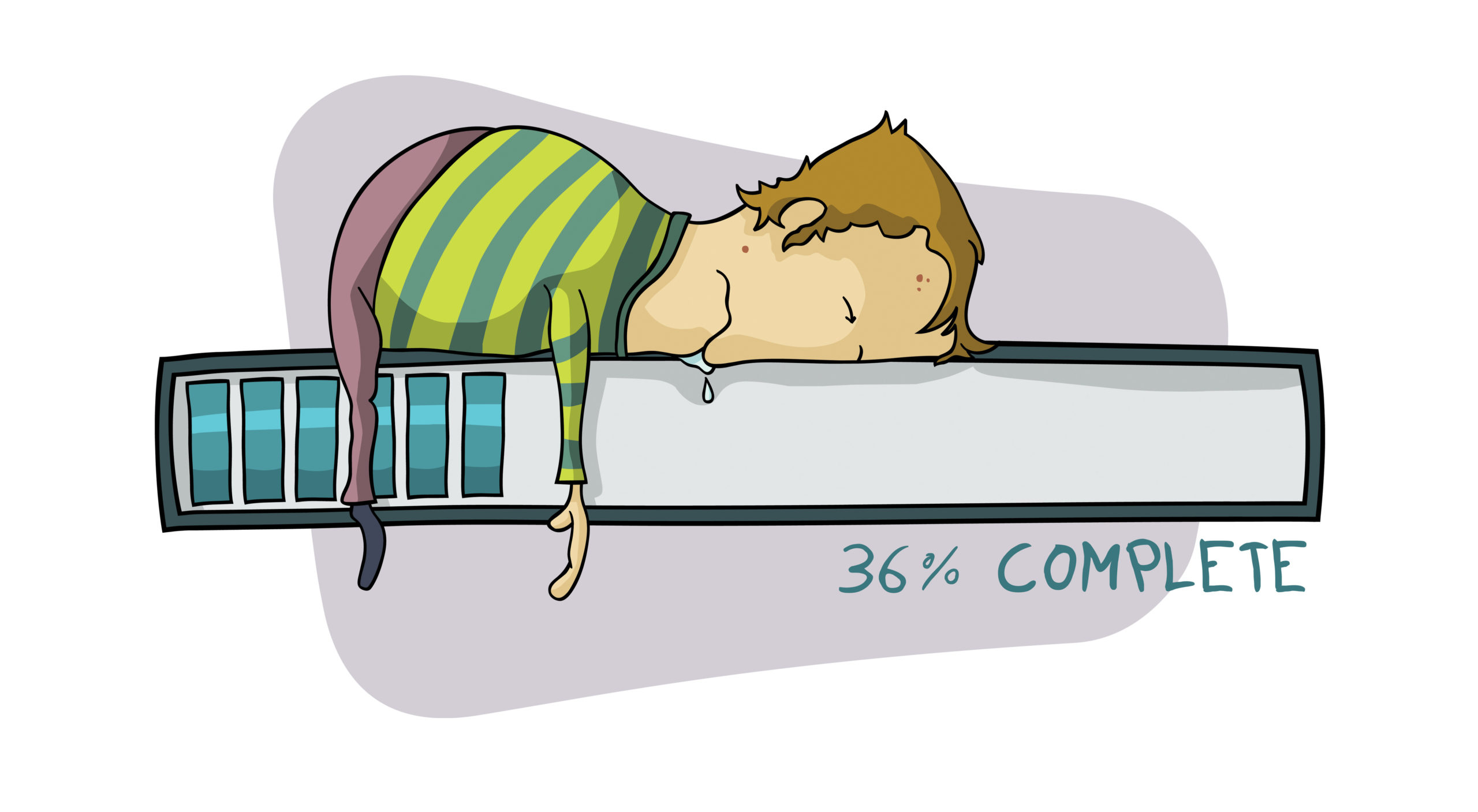
It seems like every time Microsoft releases a new version of Windows, they feel compelled to drastically change the user interface. For an experienced user, this is like rearranging the furniture in a room and turning off the lights to see how many times you can stumble and stub your toes. This is especially bad for those of us who have invested a lot of time memorizing the way things work in one version of Windows, only to find that we need to relearn a new way of doing things.
Let me just give you a couple of examples of the things that drive me crazy:
Burrowing things deeper into the user interface: In Windows 95/98/Me, you got to Device Manager by going to Control Panel, System, and the Device Manager tab. Starting with Windows 2000, it is Control Panel, System, the Hardware tab, and then click the Device Manager button. Similarly, the XP Control Panel itself underwent a hide-and-seek redesign that you can undo by reverting to the “classic” Control Panel view.
Renaming things for no good reason:Ever since Windows 95, the place to uninstall applications has been in Control Panel, Add/Remove Programs. In Vista, now it’s Control Panel, Programs, and Installed Programs. Well, some of it is there. The Add/Remove Windows Components part has been moved to Control Panel, Programs, and Windows Features. These two get a coveted Gold Leaf Cluster for being not only renamed, but burrowed deeper as well. But wait, there’s more! If you choose the “classic” Control Panel view, the icon name is “Programs and Features.” Please memorize this, there will be a quiz at the end.
Don’t get me wrong, I think it’s perfectly fine for Microsoft to add new features or improvements to the user interface and tweak things here or there. When something doesn’t need to change, though, it shouldn’t change. Microsoft seems intent on simplifying screens to a half-dozen choices by pushing options deeper into a tree of choices, which just makes it harder to find things. These kinds of changes also make it much more difficult to explain fixes and problem diagnosis to users, because the steps they need to take will depend on their version of Windows and the specific settings they have chosen.
If you want to see the value of a stable user interface, look at Linux. I was a serious Unix user and developer more than twenty years ago. When I use Linux systems today, I can drop to a command shell and nearly all the commands I used twenty years ago still work. Even my long-dormant skills with the vi editor don’t go to waste. Sure there have been a lot of things added in the last twenty years, but Linux didn’t break the functionality that was already there. Windows needs to get into that mindset and avoid change for its own sake.




